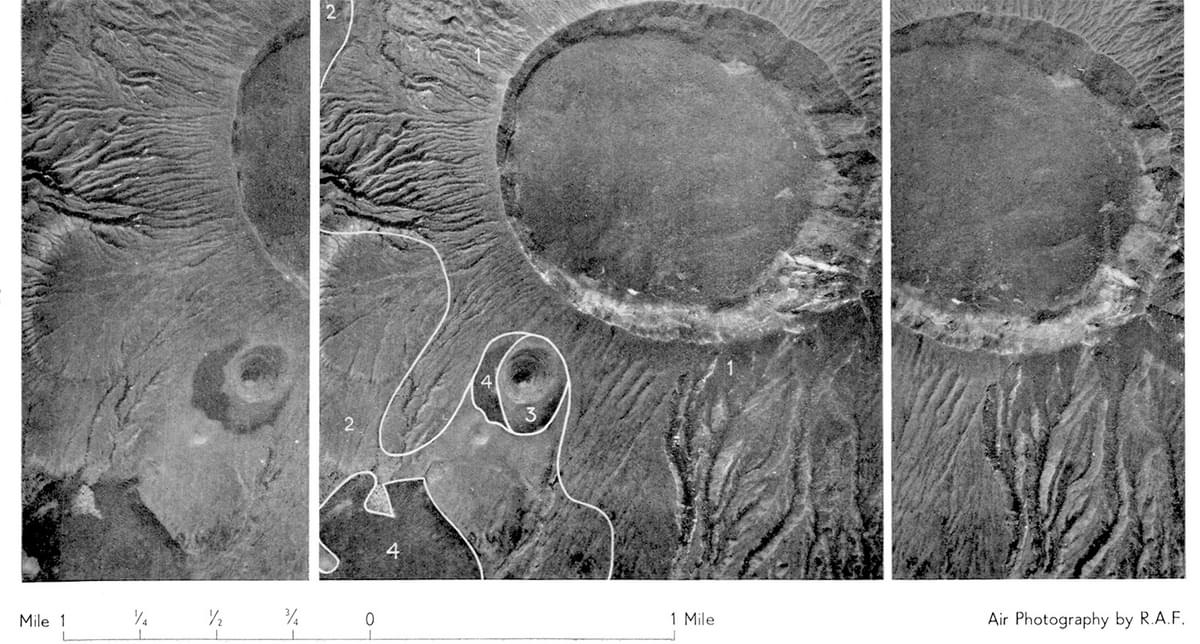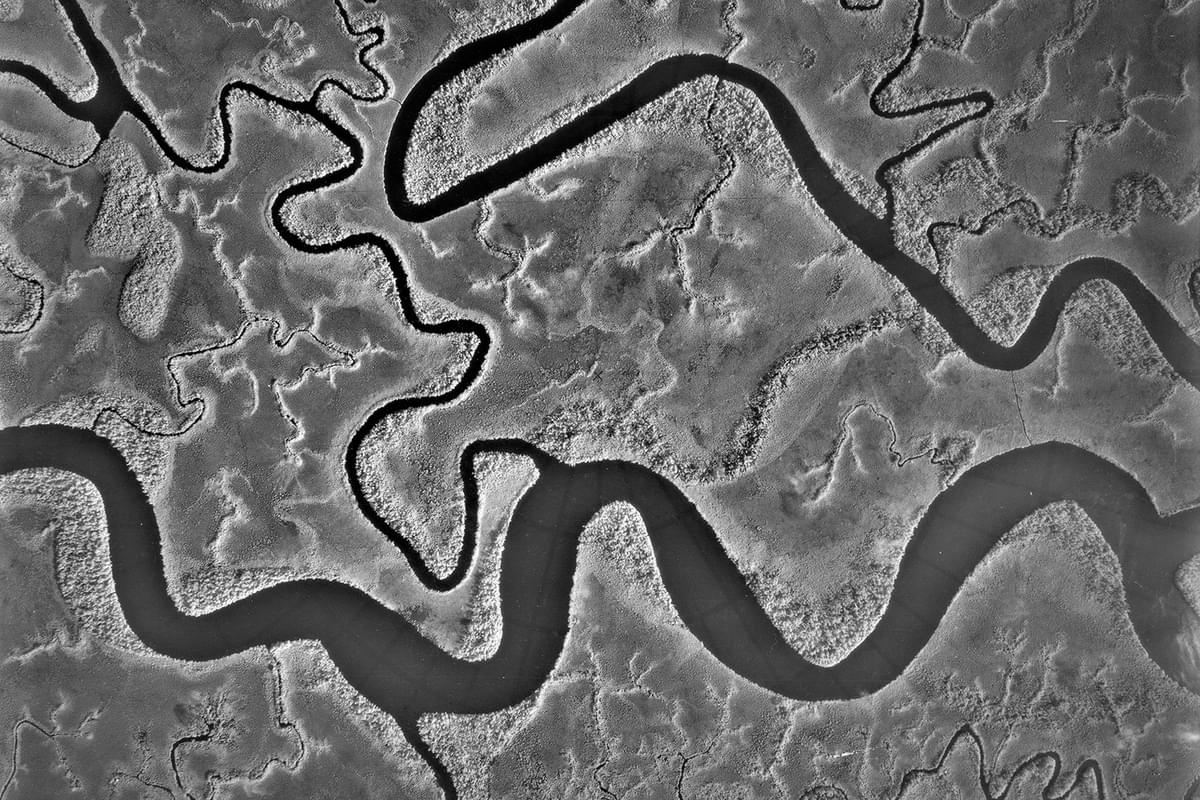The Women of Medmenham: Sarah Spencer-Churchill
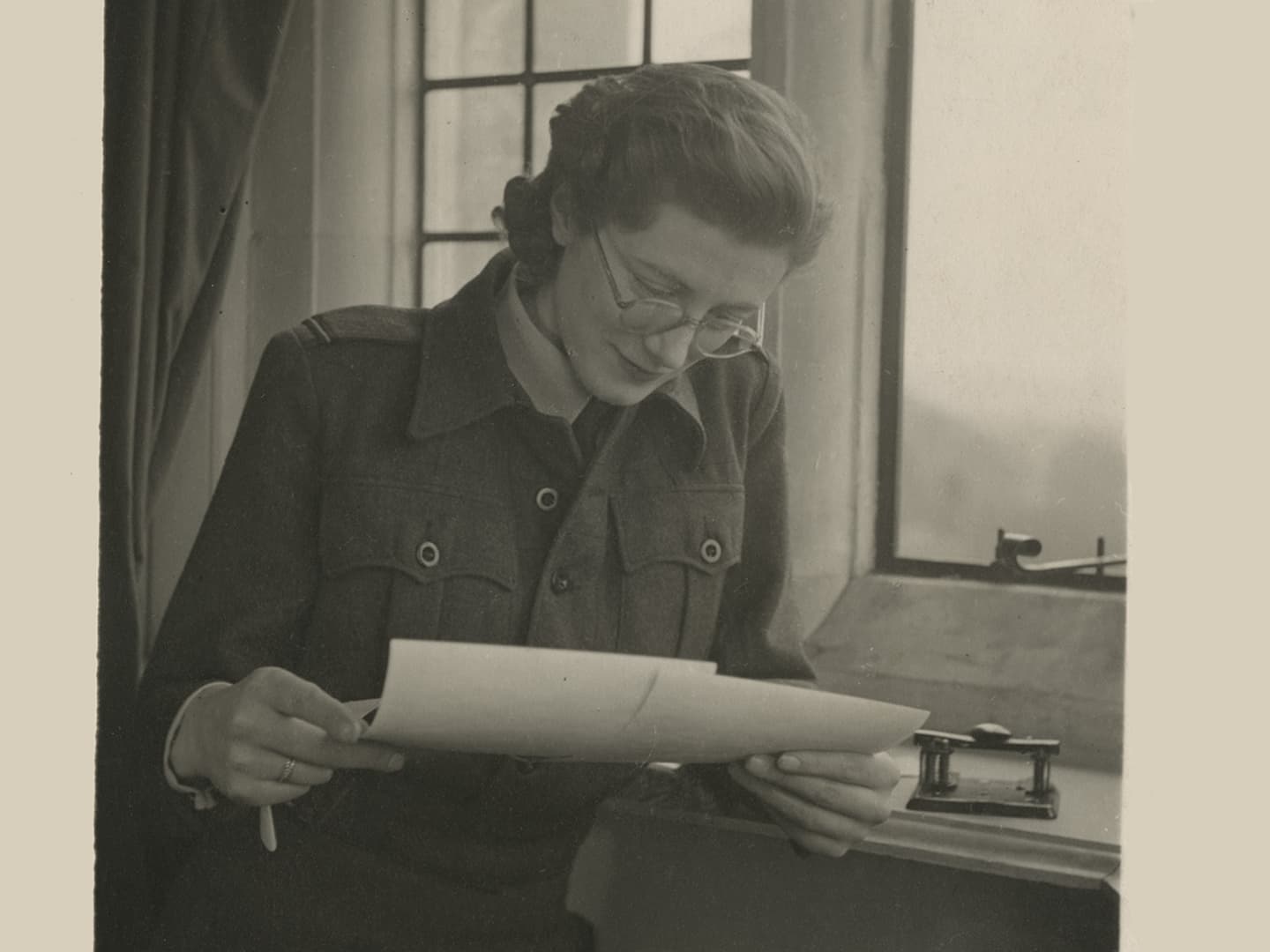
Military service
Sarah Spencer-Churchill (1914-1982) was the third child of Winston and Clementine Churchill. Prior to the outbreak of the Second World War, she had begun a career as a dancer and actress, often appearing in films alongside her first husband, Vic Oliver.
After joining the Women’s Auxiliary Air Force (WAAF) in 1940, Spencer-Churchill began working at RAF Medmenham in October 1941 as an Aircraftwoman Second Class (ACW2), plotting photographic coverage onto maps of occupied territory. She then trained at a Photographic Interpreter (PI), which involved examining aerial photographs for troop movements, ships, heavy artillery, barrage balloons, aircraft hangars, and anything else that provided clues to German military activity.
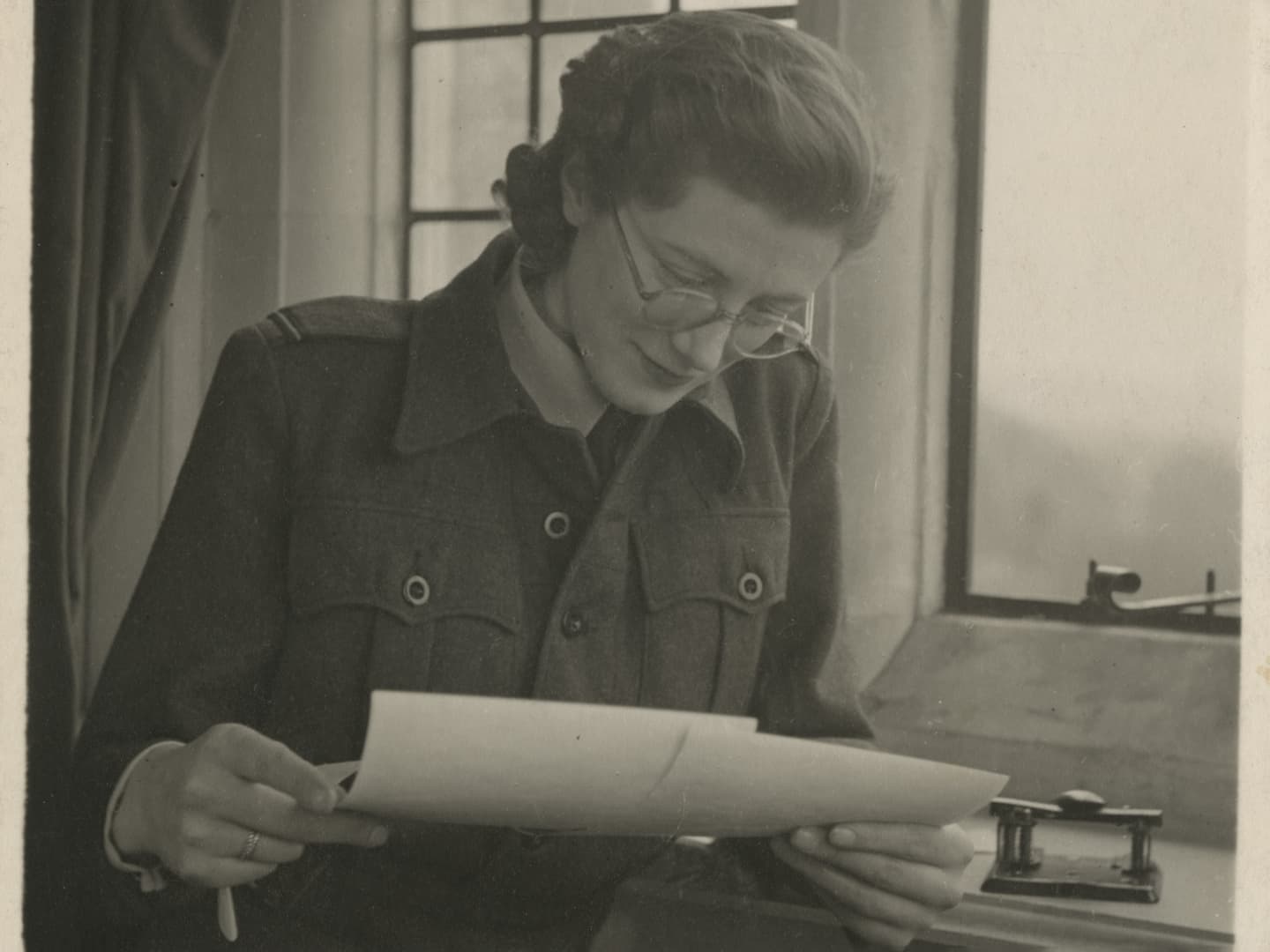
Sarah Spencer-Churchill at RAF Medmenham, studying aerial photographs; image courtesy the Churchill Archives Centre (SCHL 6/2/21)
Spencer-Churchill worked in at least six different sections across Medmenham during her time as a PI, one of which was an international group gathering intelligence for the Allied invasion of North Africa (Operation Torch). She was described as “a quick and versatile interpreter” and during this particular operation she “pulled her weight with enthusiasm, like all the others.” During her service she was known by her married name, Sarah Oliver, and was heavily involved in WAAF social life, helping to put on plays and musical entertainment for the Medmenham staff.
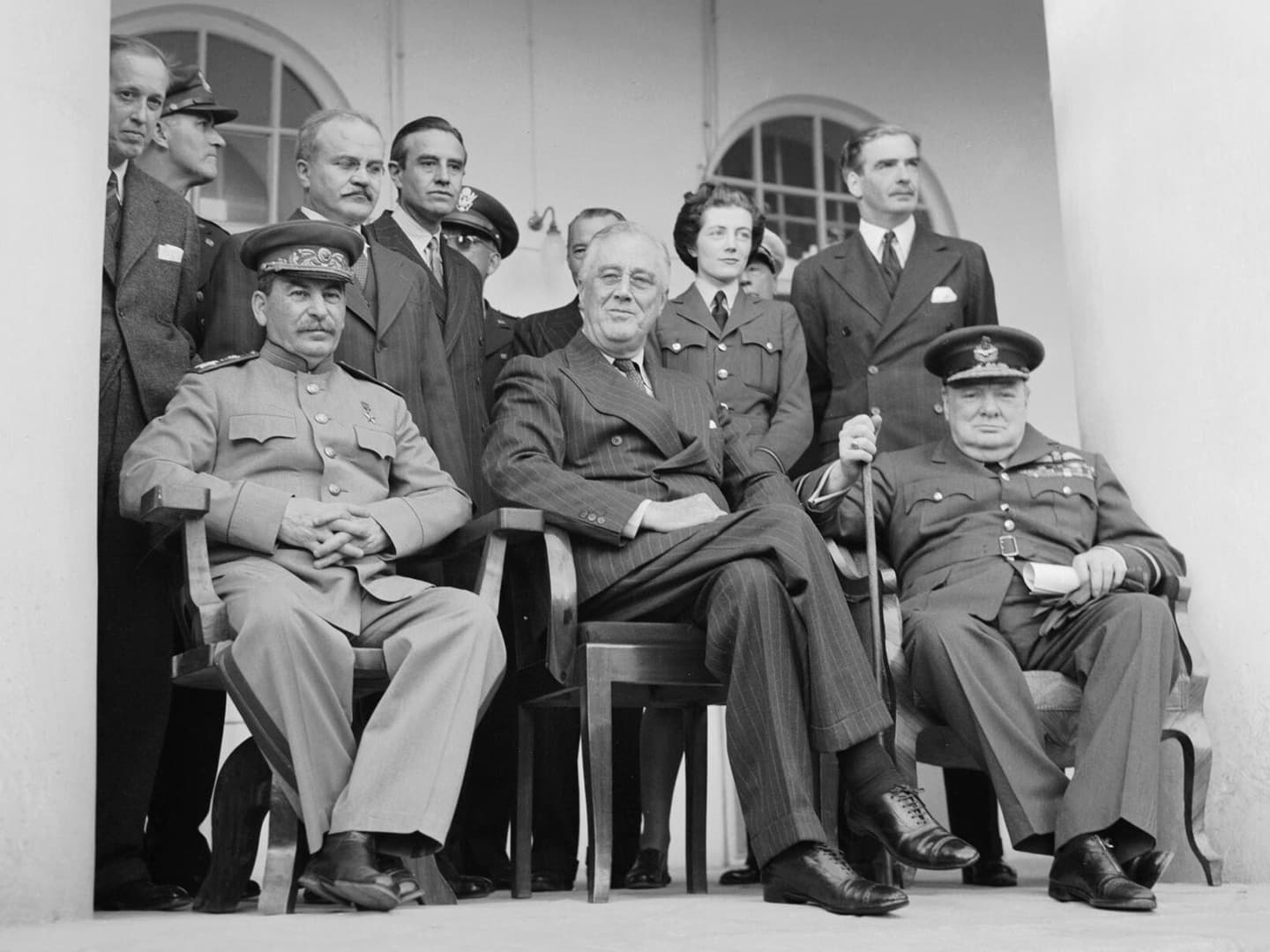
Spencer-Churchill at the Tehran Conference (28 November-1 December 1943) with Joseph Stalin, Franklin D. Roosevelt and Winston Churchill; image: IWM (CM 5480)
Prime Minister’s aide
She enjoyed a close relationship with both her parents, who would on occasion visit Medmenham to learn more about the world of Photographic Intelligence. Spencer-Churchill accompanied her father, the British Prime Minister Winston Churchill, to Cairo and Tehran in November 1943, and then again to Yalta in February 1945, for his conferences with American President Franklin D. Roosevelt and the Russian premier Joseph Stalin. Spencer-Churchill worked as her father’s aide-de-camp (ADC) on these occasions, writing:
My duties were mainly to see, along with others, to my father’s comfort and wishes, to relay messages, and to drape myself silently along the coat racks in the ante-chambers of the conference rooms along with other ADCs…
Having worked intensively on Operation Torch, studying photographs of enemy movements in the Mediterranean area, Spencer-Churchill was well placed to understand the issues being discussed at these conferences. In addition, her acting skills were extremely useful in her diplomatic role as the Prime Minister’s aide.
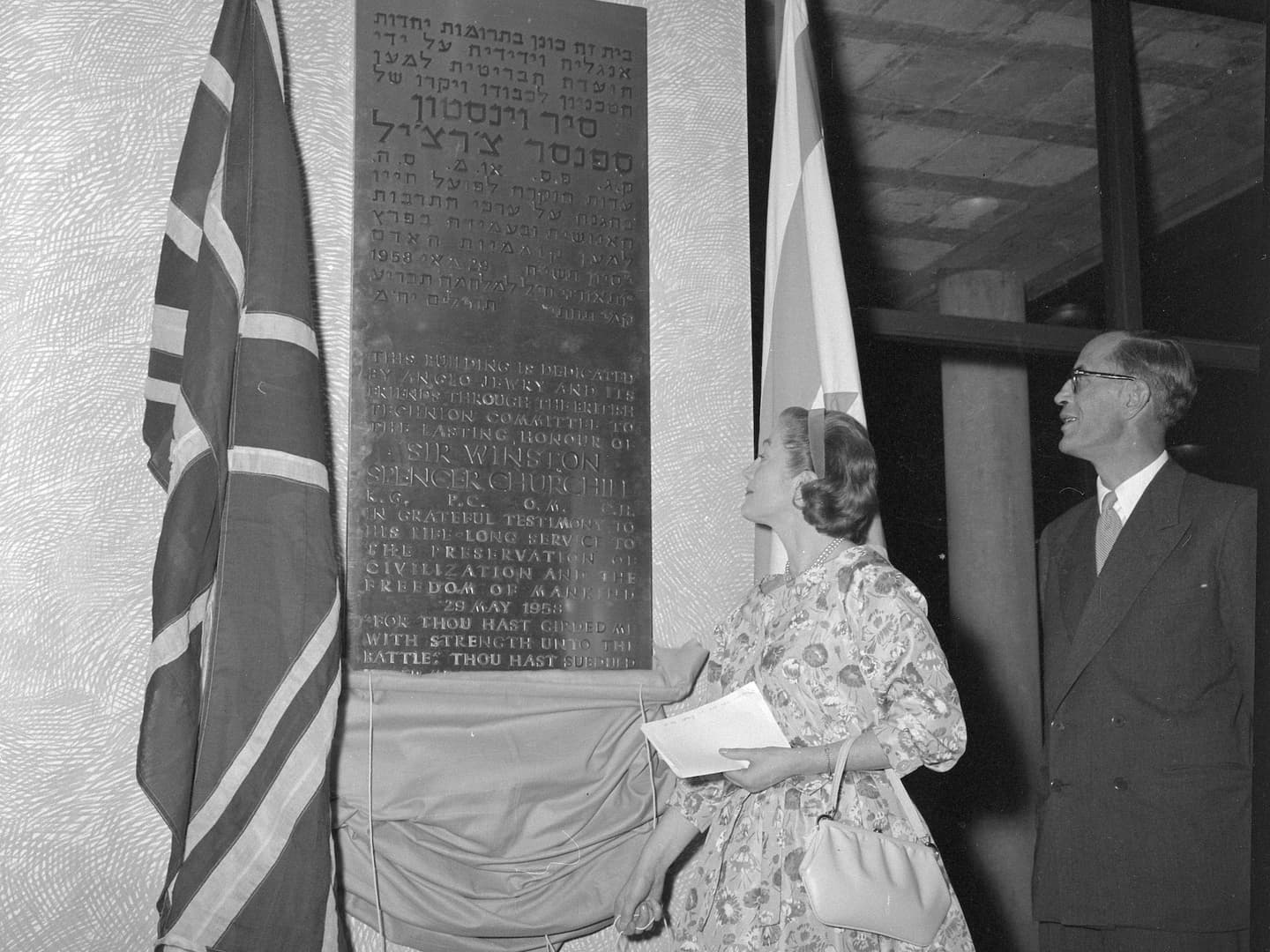
Opening the Churchill Hall at the Technion in Haifa, Israel on behalf of her father; Meitar Collection / National Library of Israel / The Pritzker Family National Photography Collection / CC BY 4.0
She was demobilised in November 1945, and immediately revitalised her acting career, appearing on television and radio programmes in both Britain and the USA.
Post-war career
Spencer-Churchill most famously starred alongside Fred Astaire in Royal Wedding (1951), and she had major roles in multiple other films throughout the late 1940s and 1950s. Her romantic life was persistently covered by the tabloid press, who reported salaciously on her relationship with the African American jazz musician, artist, and US army veteran Ernest Leroy Nocho, better known as Lobo Nocho. These newspapers also intrusively chronicled her increasing struggles with alcohol, and subsequent encounters with the police forces of London and Los Angeles.
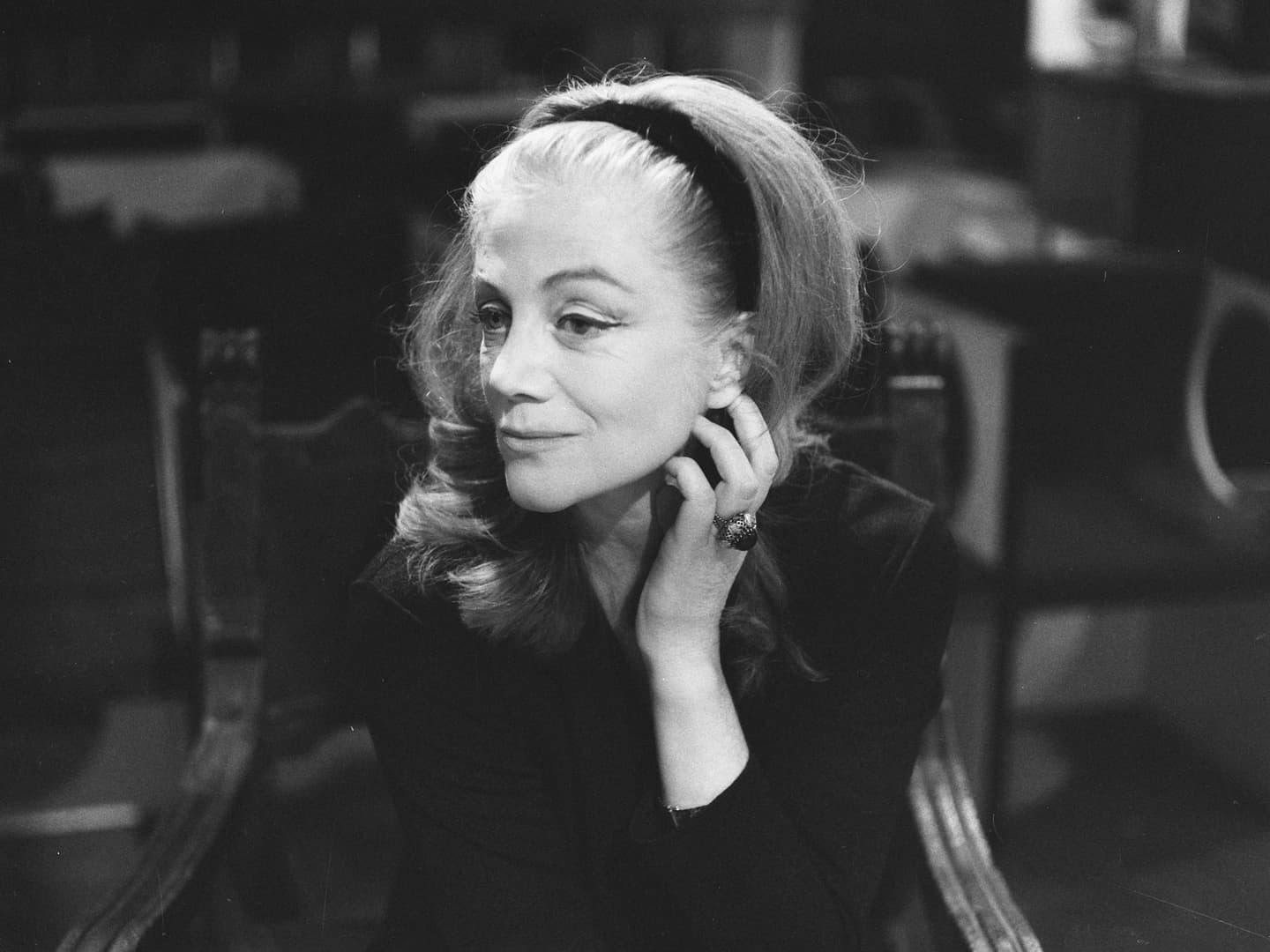
Spencer-Churchill at the Mickery Theatre, Loenersloot, Amsterdam, 1966, where she was performing in A Matter of Choice; image from the Dutch National Archives, by Ron Kroon for Anefo, 17 November 1966
During her post-war life, Spencer-Churchill published two books of poetry, a memoir dedicated to her father’s career – A Thread in the Tapestry (Andre Deutsch, 1967) – and an autobiography, Keep on Dancing (Weidenfeld and Nicholson, 1981). She also used skills acquired at Medmenham to produce lithograph portraits of her father. After her second husband died, Spencer-Churchill went on to marry again and became Baroness Audley in 1962. Sadly, Baron Audley also passed away after only a year of marriage.
Spencer-Churchill died in 1982 at the age of 67. She is buried alongside her family in Bladon near Woodstock, Oxfordshire. Her papers and poetry are held at the Churchill Archives Centre.
Mairi Westlake, NCAP Collections Assistant

